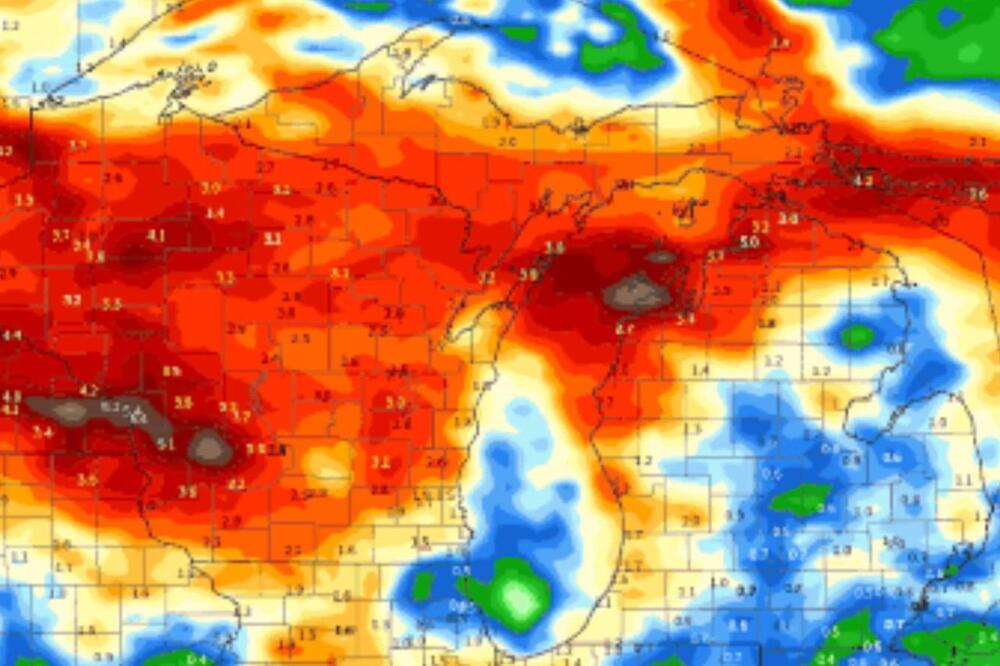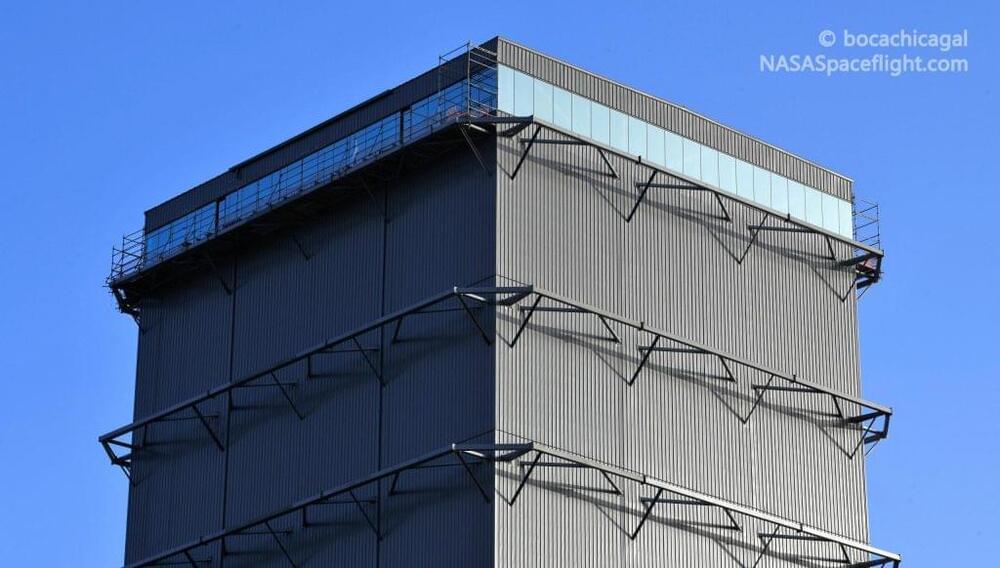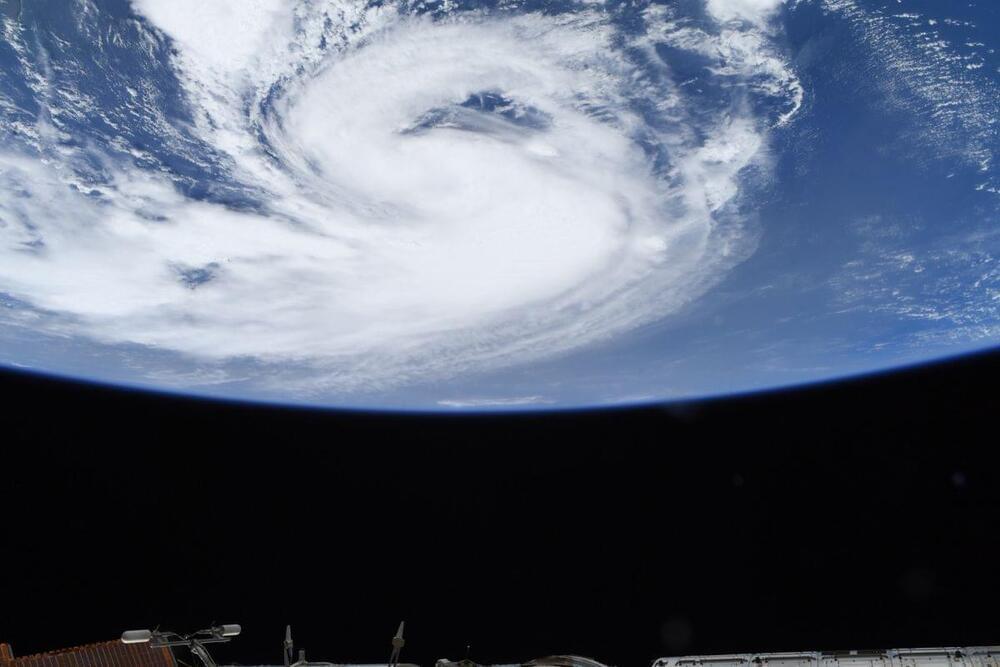A plant fossil from a geological formation in Scotland sheds light on the development of the earliest known form of roots. A team led by researchers at GMI – the Gregor Mendel Institute of Molecular Plant Biology of the Austrian Academy of Sciences, the University of Edinburgh, and the University of Oxford realize the first 3D reconstruction of a Devonian plant based exclusively on fossil evidence. The findings demonstrate that the appearance of different axis types at branching points resulted in the evolution complexity soon after land plants evolved sometime before 400 million years ago. The results are published in eLife.
New research demonstrates how the oldest known root axed developed more than 400 million years ago. The evolution of roots at this time was a dramatic event that impacted our planet and atmosphere and resulted in transformative ecological and climate change.









